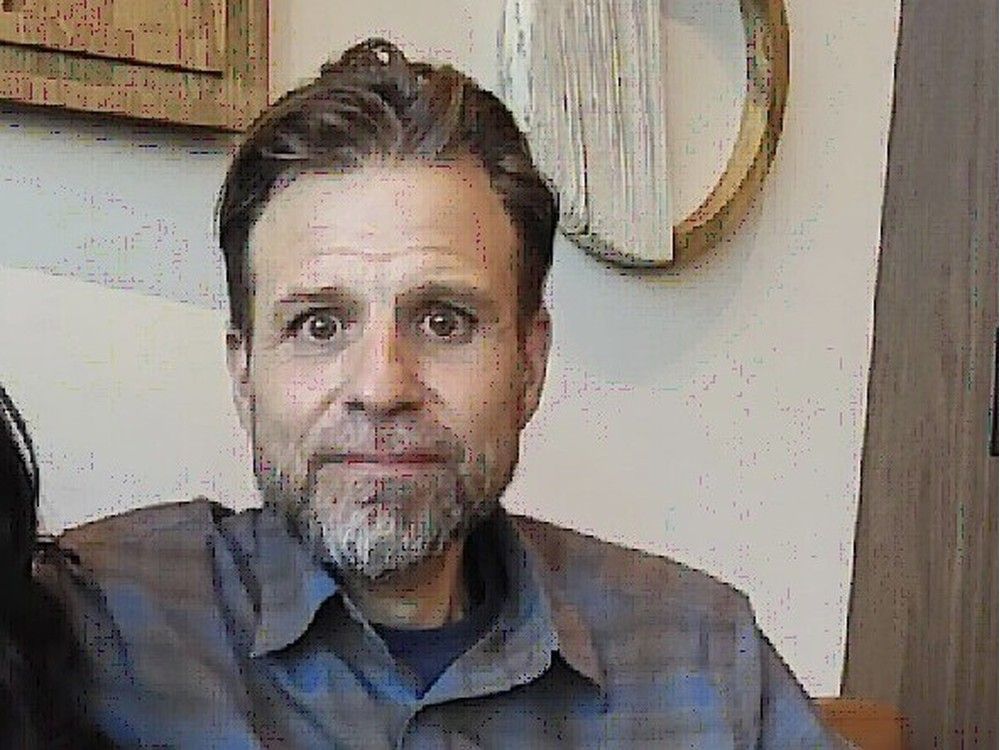“What do you want from me, brother?”
That question, flung with anger and exasperation by Daniel Day-Lewis in “Anemone,” is aimed at his character Ray’s estranged sibling, Jem (Sean Bean).
It could also be directed at those of us who wondered what brand of brilliance to expect from the three-time Oscar winner’s much-anticipated return to acting after an eight-year “retirement” that now feels like a long pause.
Do we want the cold ferocity of his Daniel Plainview in “There Will Be Blood,” or the quiet dignity of his Honest Abe in “Lincoln”?
In “Anemone,” Day-Lewis — co-writing with his 27-year-old son and first-time director, Ronan Day-Lewis — conjures something of both but also something new: a man hollowed by conflict, speaking in riddles, half-vanished into the wild.
The film itself is even harder to pin down. Ronan’s debut is a family drama steeped in regret, shame and barely suppressed rage, shaped less by narrative logic than by bold, near-hallucinatory imagery. It invites awe at its performances and visual design, even as it frustratingly withholds complete answers to its many questions.
Ray and Jem are former British soldiers who served in different units in Northern Ireland during the decades-long horror show known as “The Troubles.” They haven’t seen each other for 20 years.
Ray swapped civilization for a rough-hewn cabin in the woods, living off the land and sea in self-imposed isolation. Jem, a family man and devout Christian, has been abiding in suburbia with his partner, ambulance worker Nessa (Samantha Morton), and their now-adult son Brian (Samuel Bottomley).
Jem’s and Nessa’s domesticity is threatened by Brian’s sharp turn toward dark and despairing behaviour, conduct that reminds them a lot of Ray. The hope of warding off a shared legacy of suffering triggers their desire to reconnect with the “invisible man” of the woods.
The past, of course, won’t stay buried. Ray, moustached and muscular, stoic and unkempt, rarely speaks.
The film matches his reticence, withholding dialogue in its opening stretch and letting images do the talking: windswept forests, surging water and the ghostly play of fire across glassy surfaces.
Cinematographer Ben Fordesman (“Love Lies Bleeding”) and composer Bobby Krlic (a.k.a. the Haxan Cloak) create a sensory experience at once oppressive and hypnotic.
Ronan Day-Lewis, who studied art at Yale, draws inspiration from both painters and filmmakers. The wild churn of weather feels borrowed from J.M.W. Turner, an avowed influence, while Lynchian dream logic and a genuinely surprising Paul Thomas Anderson homage fuel the stranger moments.
This is a movie overflowing with references but intent on establishing its own haunted atmosphere.
It’s no surprise the acting showcases Daniel Day-Lewis, who lights up the screen with two contrasting monologues: one, a grotesque scatological tale of revenge laced with laughter and doubt; the other, a harrowing confession of violence. In both, Day-Lewis makes us glad he’s back at the work he excels at.
Yet this isn’t a one-man show. Bean, Morton and Bottomley make powerful contributions to the drama, fleshing out a story that’s more bouquet than single flower. Each actor could use more screen time, but the ensemble remains vivid.
What the Day-Lewis duo haven’t done is give any of the actors a narrative backbone to support them. Father and son are fascinated by trauma — they’re into what Ray calls the “full measure of suffering” — and approach it from multiple angles. But this directorial strategy creates vast narrative chasms.
Even the film’s title leaves questions unanswered. Ray cultivates fragile anemone flowers in tribute to his much-feared but barely mentioned late father. Is it a gesture of forgiveness, or a flourish of self-punishment?
The symbolism needn’t be so tortured. “Anemone” is a film of land and water, just as “anemone” is both a terrestrial flower and the marine creature that resembles it.
That’s sufficient explanation, although there’s a nagging feeling it’s really just a random image Ronan liked, similar to the strange glowing camellike creature in the film that originated from one of his paintings.
With a cast this good and images this potent, though, the screenplay deficiencies hardly matter.
“Anemone” announces Ronan Day-Lewis as a filmmaker of imagination and style who is worth following, especially by anyone interested in what happens when generational talent connects on both sides of the camera.



